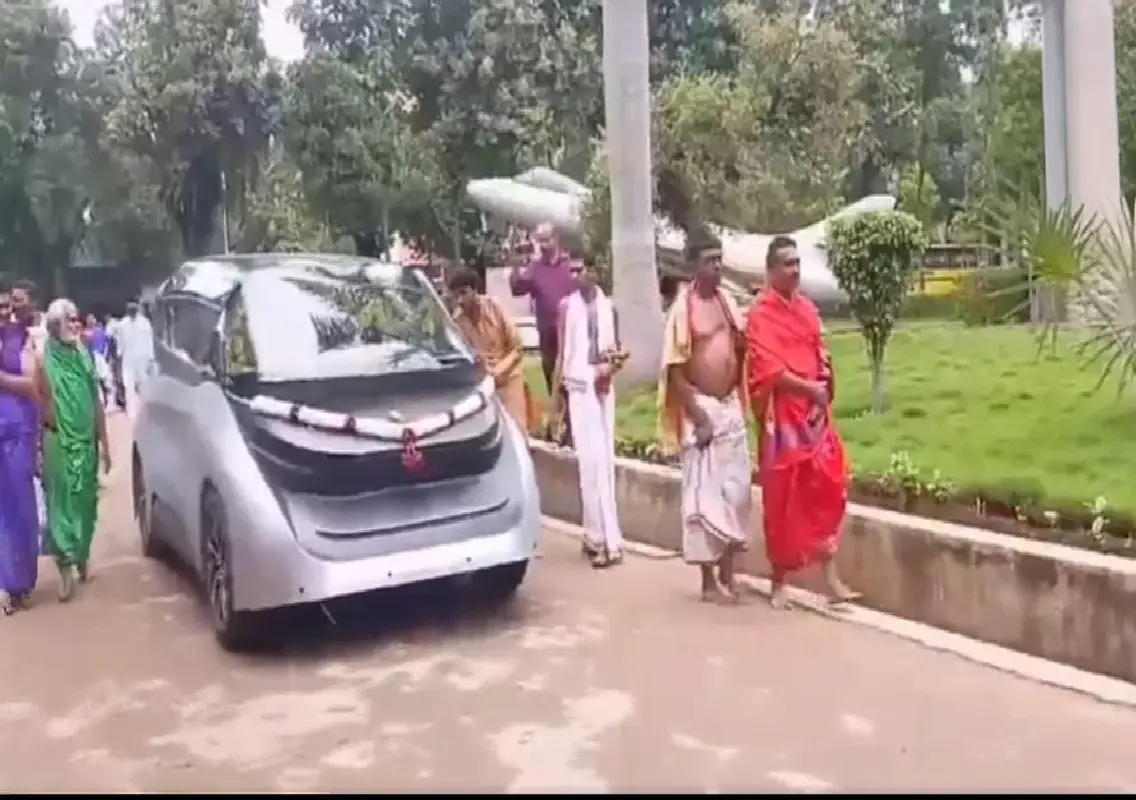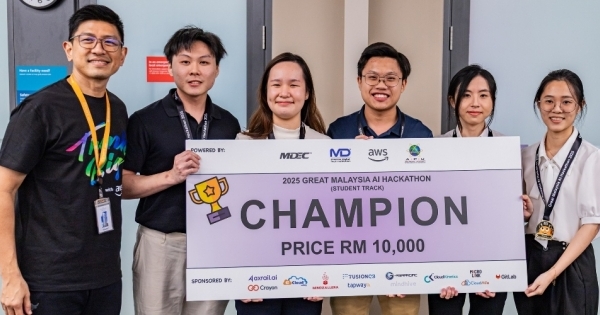Copyright newskarnataka

BENGALURU: A video of a driverless car moving around the RV College of Engineering campus in Bengaluru has gone viral, drawing widespread attention to the autonomous vehicle project being developed under a collaboration between Wipro, the Indian Institute of Science (IISc), and RV College of Engineering (RVCE). The viral clip shows Sri Satyatmatheertha Swamiji of the Uttaradi Matha, a revered spiritual leader, seated calmly inside the self-driving vehicle, accompanied by a few others, as it navigates the college premises autonomously. The short video has been widely shared across X (formerly Twitter) and other platforms, garnering praise for Indian innovation in advanced mobility technology. Seer takes a ride in autonomous vehicle According to reports, Sri Satyatmatheertha Swamiji visited RVCE to review the technological developments under the WIRIN (Wipro–IISc Research and Innovation Network) programme. During his visit, he took a short ride in the concept car, which was being demonstrated by the project team within the college campus. The video has since gained thousands of views, with netizens expressing curiosity and admiration for the homegrown technology. Some users highlighted the symbolic blend of spirituality and science — a seer calmly riding an AI-powered vehicle designed by Indian engineers and researchers. Collaboration driving India’s autonomous tech research The WIRIN initiative, launched jointly by Wipro and IISc, aims to develop next-generation technologies in fields like artificial intelligence, robotics, human–machine interaction, and autonomous systems. The formal memorandum of understanding (MoU) between Wipro and IISc facilitates joint research efforts, combining corporate innovation and academic expertise. RV College of Engineering contributes its technical expertise, infrastructure, and student talent to prototype, design, and test the driverless vehicle. According to sources cited by NDTV, the autonomous car project is still in its development stage, with teams currently engaged in high-definition mapping and testing the system under Indian road conditions, which are often unpredictable and challenging. The goal is to ensure safe and adaptive navigation once the technology is ready for public deployment. A formal launch of the vehicle prototype is expected in the coming months, following additional safety trials and system validations. Focus on innovation, safety, and real-world use The WIRIN programme focuses on combining artificial intelligence (AI) and machine learning (ML) with real-world applications in transportation, manufacturing, and smart infrastructure. Key areas of the collaboration include: Autonomous systems and robotics AI and machine learning Data science and cybersecurity Smart materials Disruptive design and manufacturing By integrating these domains, the programme aims to build India’s competency in human-centric intelligent systems that are both innovative and sustainable. India’s growing footprint in driverless technology India is steadily building capacity in the field of autonomous mobility. Apart from the WIRIN initiative, IIT Hyderabad is developing driverless vehicles for off-road applications in agriculture and mining. Prototypes on its campus already ferry people between academic blocks, offering a glimpse of India’s self-driving future. Globally, companies such as Tesla and Waymo have made substantial progress in commercialising driverless technology. Tesla recently received preliminary approvals in California to test autonomous ride-hailing cars, while Texas is preparing for a broader rollout in 2026. A step forward for India’s innovation ecosystem The Bengaluru project reflects how academia–industry partnerships can drive innovation and create technology suited to Indian conditions. With increased investment in AI, machine vision, and safety systems, experts believe that India could soon develop cost-effective and context-aware driverless solutions for controlled environments such as campuses, industrial zones, and smart cities. The initiative has not only showcased technological advancement but also captured public imagination by blending tradition and modernity — a seer’s serene ride inside a car guided by algorithms and sensors.



